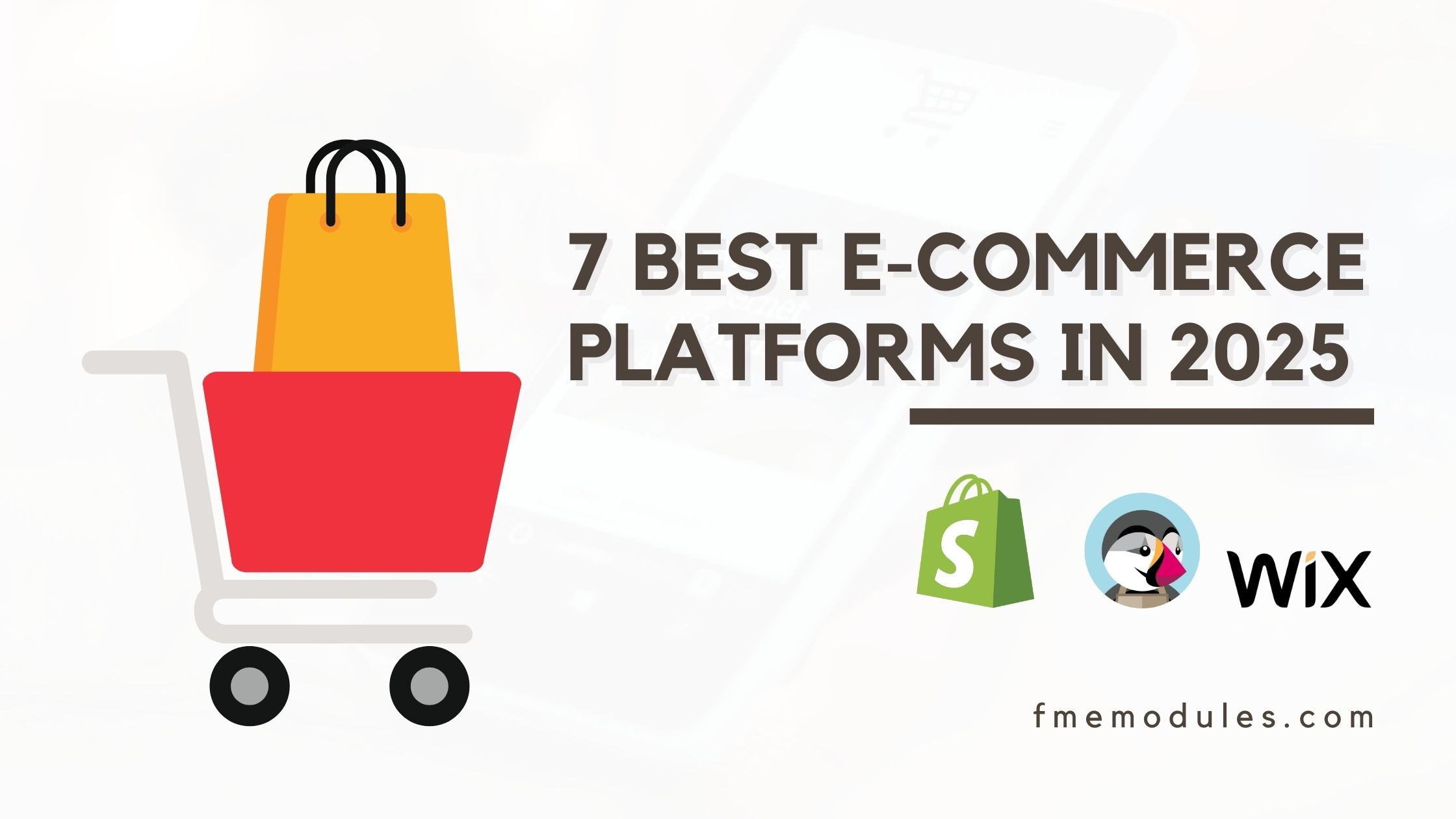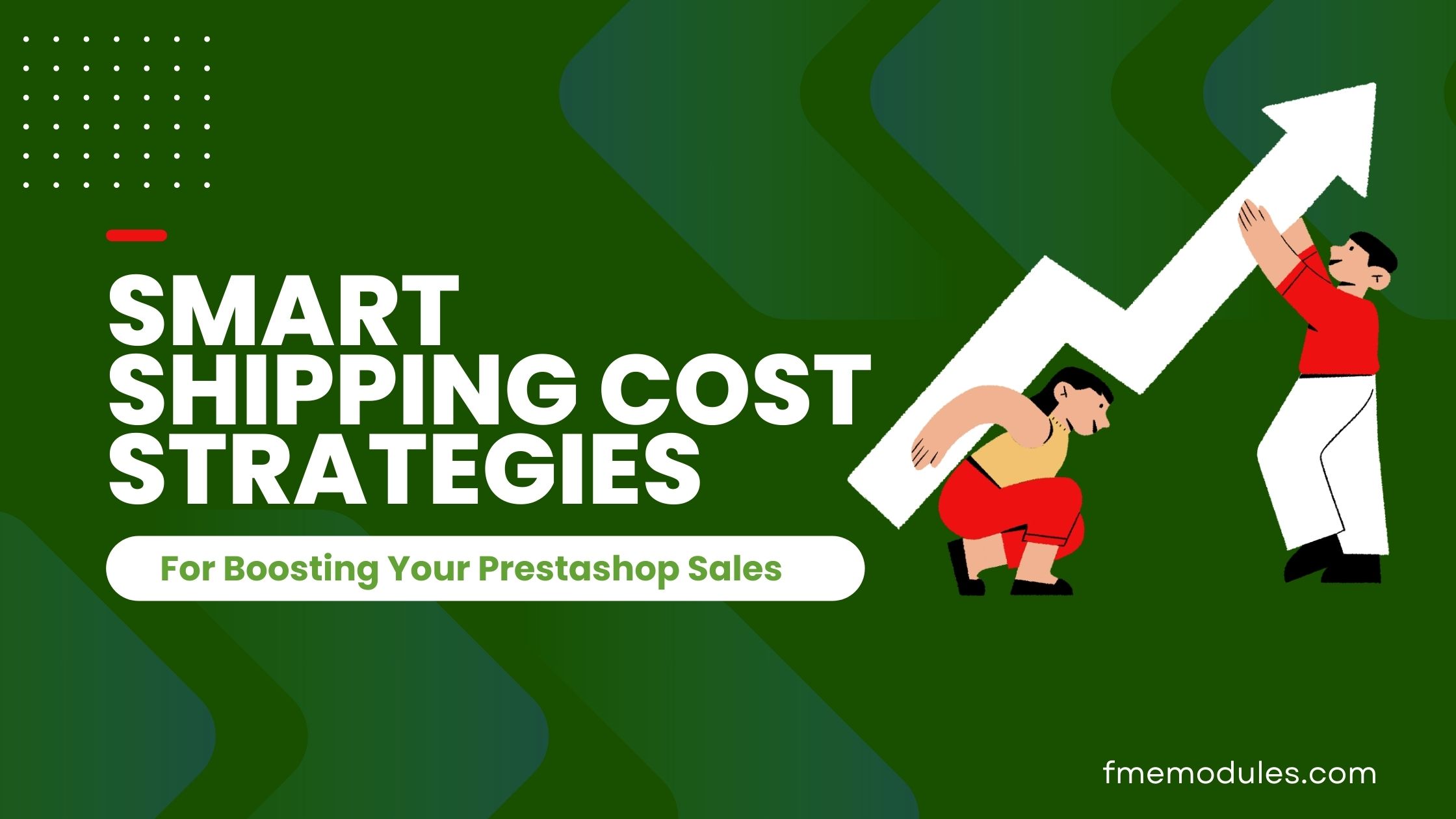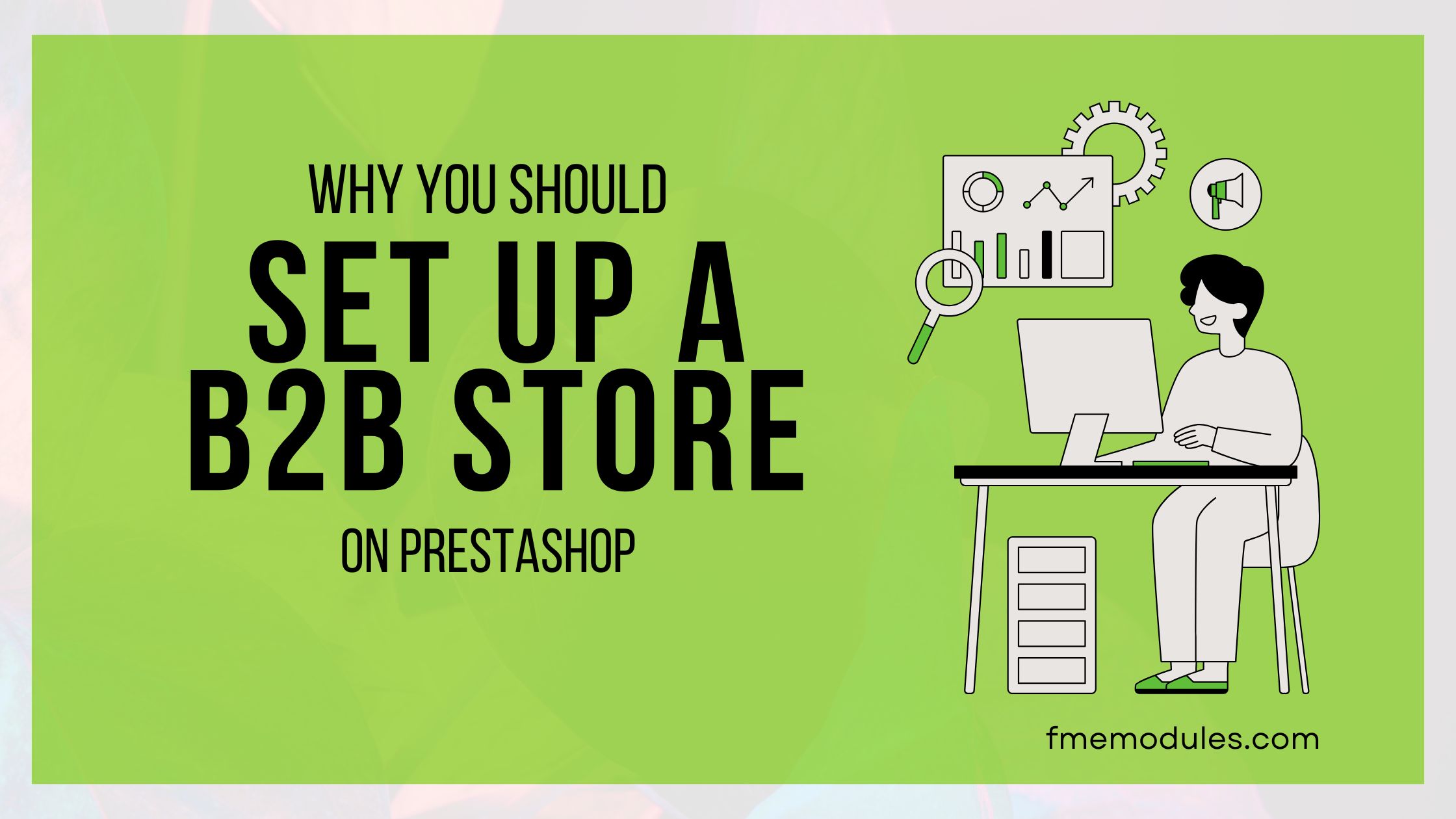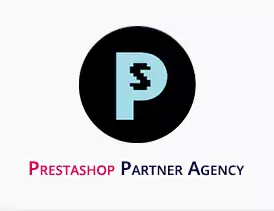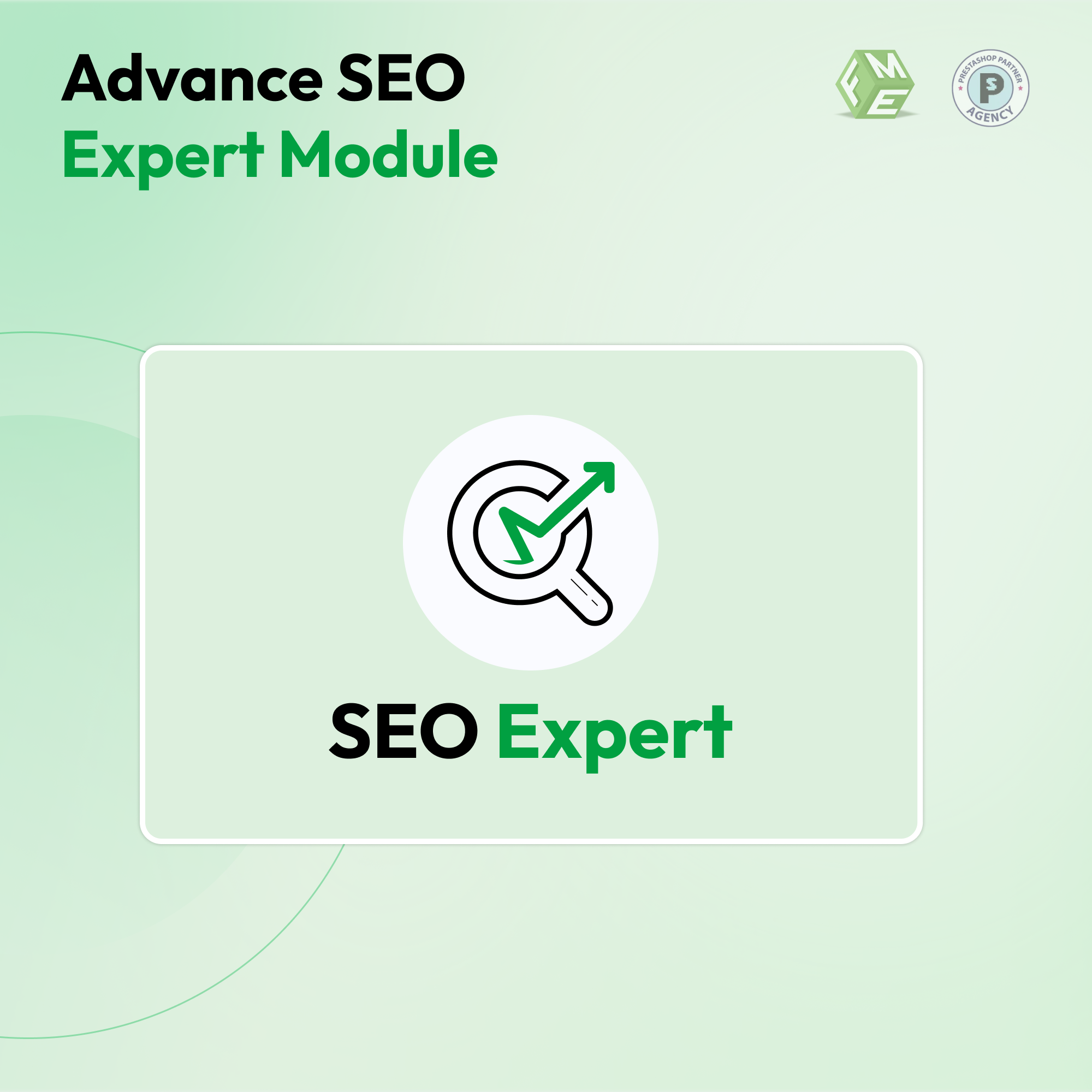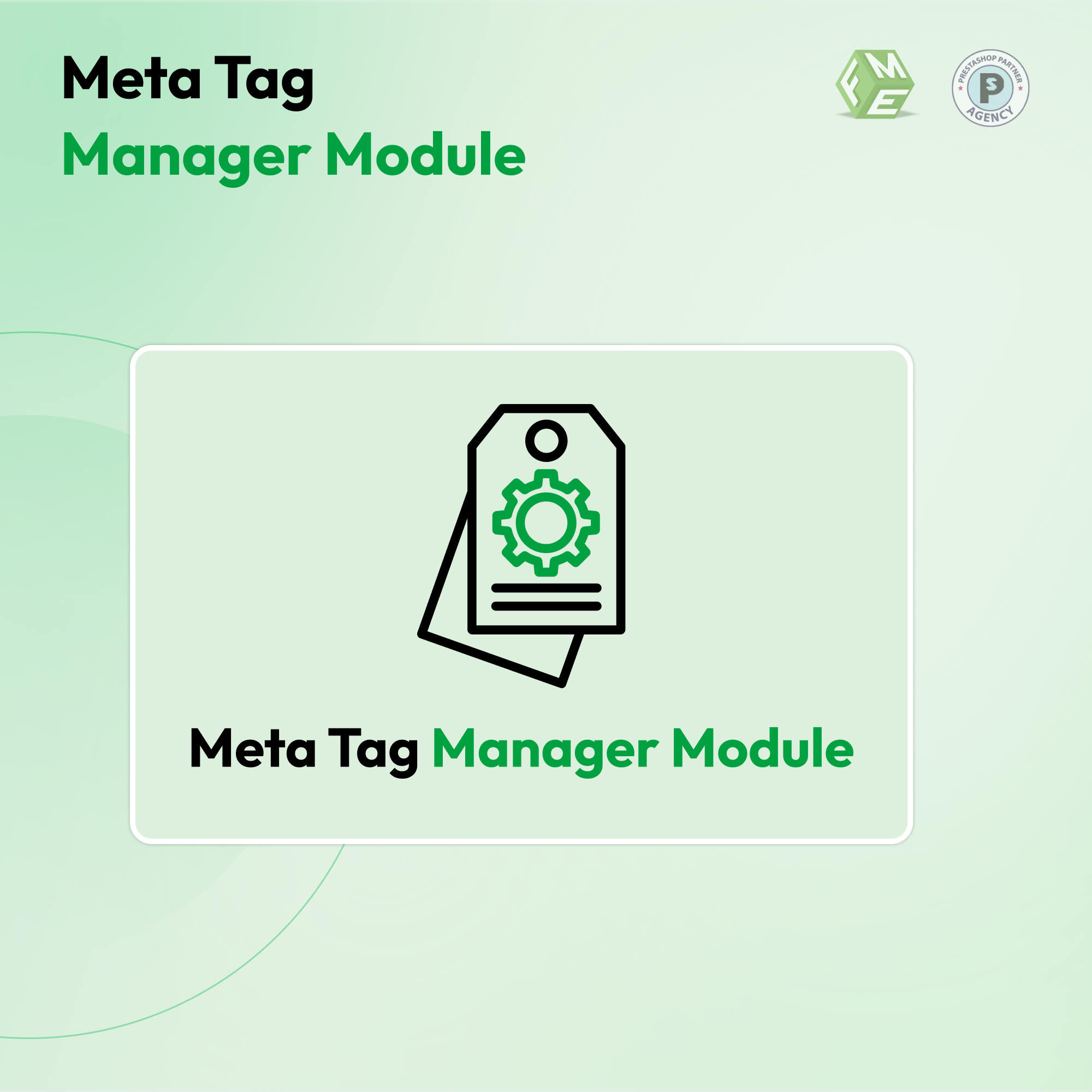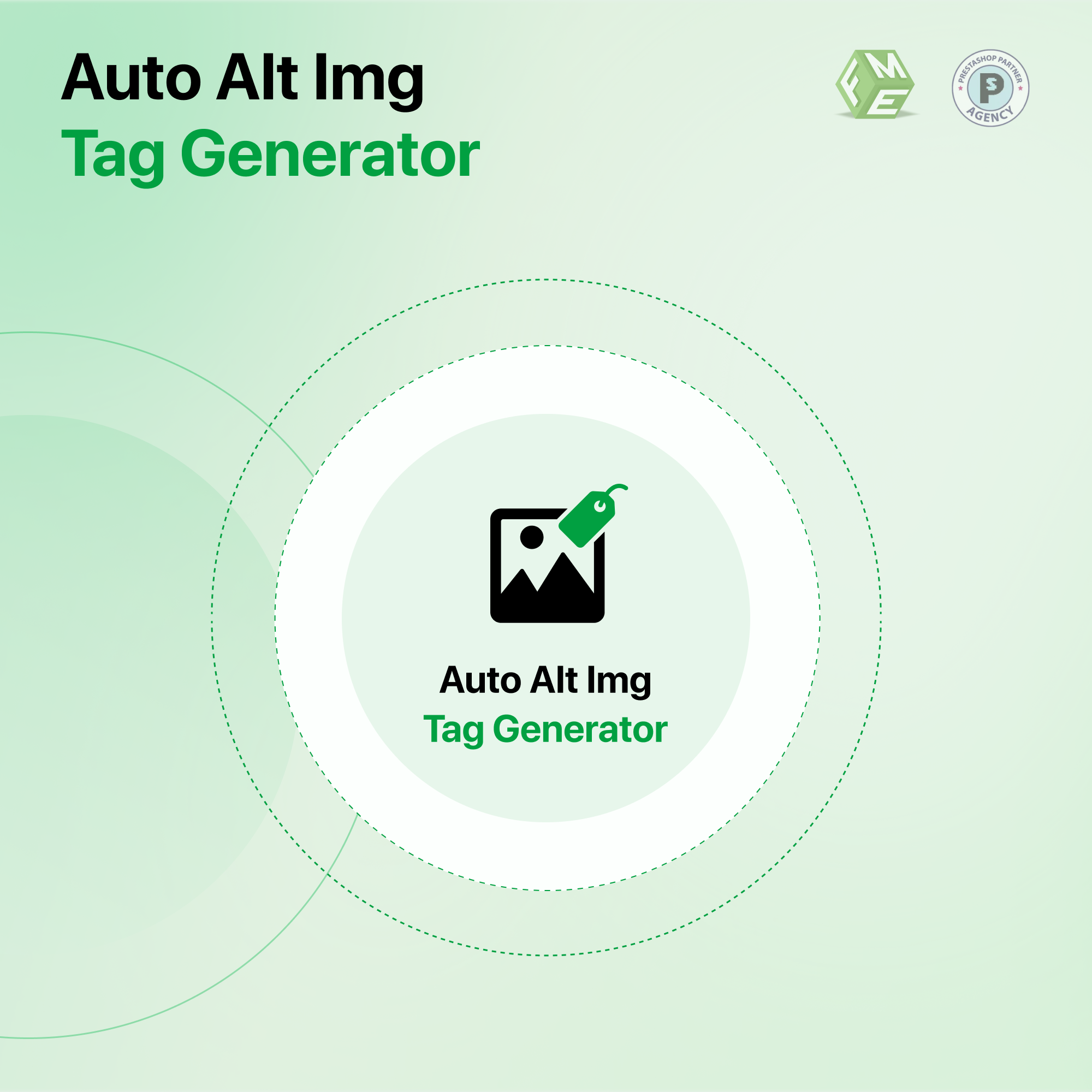13 SEO Trends You Need to Know for Better Rankings 2025
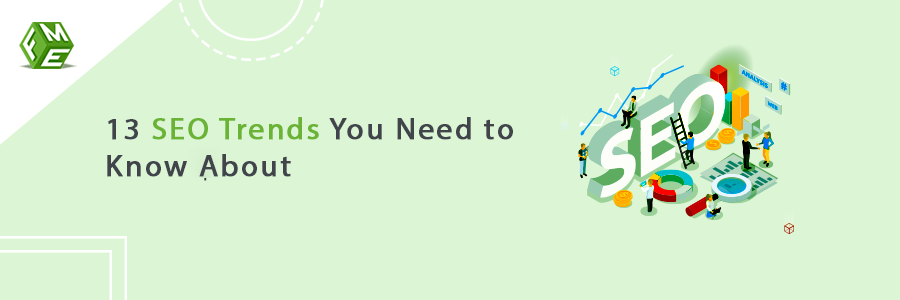
Posted On: Sep 14, 2018
Categories: PrestaShop SEO Best Practices: Guides, Checklists & Tips
Boost Your Online- Store: 13 SEO Trends
The success of your PrestaShop store heavily relies on its visibility in search results. A well-optimized store will attract more organic traffic. This will raise brand awareness and, ultimately, sales. However, achieving top rankings requires a strategic approach to SEO.
The way a user searches for products and services changes rapidly with the development of mobile technology. The mobile manufacturing companies are adding attractive features to grab consumer attention and thus giving them the comfort of surfing the internet.
The consumers now use cell phones and similar gadgets to search the web for their favorite products rather than turning on a desktop computer. And, that’s the reason the core trend of SEO shifted to optimizing a website for mobile searches.
Following are some of the trends to look after and pursue higher rankings.
1. Video content on the rise
Content will always be the king, whereas the shapes and kinds change according to the comfort of end users. The textual content is still in practice because it is helping Google rank a website where videos are on the rise making it easier for a user to get the message. The consumers are in a hurry and do not want to go through the complete text, which compels them to watch a short video about a business, brand, product or service.
The video content primarily includes the production of official videos, whereas most marketers can make use of animations, slideshows, and dynamic infographics. Video content is shareable and often goes viral on social media and networking sites. You can use a video editor, just like FlexClip, an easy-to-use video maker which allows users to create professional-looking videos in just minutes.
2. Online users are trying Voice Search
The mobile technology is changing the way a user searches for a product or service. Voice search is also the latest feature that sets mobile users free from typing a keyword or phrase. Typically, a person searching for marketing services may write “local marketing services”. In contrast, while browsing through a voice search they are likely to speak “How I can promote my floral business locally in Seattle”. In result, the search engine will come with results that are optimized for long-tail key phrases and host creative content against the search term.
3. Google is indexing social media posts too
The social media posts are given a share in search engine result pages. They previously avoided Google and other well-known search engines and stuck to their respective platforms. Most of the small businesses that used to operate through social pages were unable to fetch organic traffic from the search engines. But, after the indexing, they can pursue higher rankings for the posts that a non-follower will also get to know about a business. With this, all your social media efforts are acknowledged and go parallel to the SEO of your business.
4. Well-Optimized Local searches
Again, the increase of cell phones and mobile devices is turning the searches more local because of the GPS applications. The search engines can recognize the physical location of a user and optimize the searches exactly according to their demands. For example, a consumer needs to find a hotel in his city or state; he will be astonished to find the results of the neighborhood. The development continues and soon the users will be able to find local businesses with respect to their streets and locality.
5. Penguin Update
Google has finally revealed the last Penguin update and made it a part of the primary search algorithm. It will evaluate the websites for spamming and will alarm the backlinks to each website. These latest updates will keep the overall ranking of a website intact and will not penalize it for getting a spam link. The latest trend is keeping the marketers happy as they will not have to wait for the next update after making changes to the backlinks, as the Penguin 4.0 is real time and may crawl a website anytime it needs.
6. Personal Branding
Personal branding has become a mandatory part of SEO because of its valuable benefits. It is a surefire way for businessmen to build an authority, earn better rankings, and drive traffic to the primary website. You might have seen bloggers and marketers, who write creative posts to take users to a product or service page and introduce their offerings.
It is a competitive tool for professionals like accountants, doctors, dentists, marketers, writers, entertainers, speakers, lawyers, and lots of other individuals to promote themselves and be recognized as the market leader. There are different ways to get recognized and own a brand. Most of the designers, photographers and artists use professional websites to showcase their portfolio and get famous. The bloggers go with their WordPress sites, whereas the merchants install a simple plugin on their existing platform.
Most of them use PrestaShop for its easy and simple interface. For those merchants, we recommend PrestaShop module for blog that adds a publishing section to their store. It allows them to share valuable content right on their official website and no need to manage a separate blogging platform for branding.
7. Mobile Apps
To most of the online users, mobile apps offer an easy access to a website they need. They feel more secure and relaxed to browse products through the mobile app of a store rather than the browser. The increasing trend of mobile applications is compelling businesses to have a simple and user-friendly mobile version of their website.
The need to develop an app also depends on the nature of a business. The online stores necessarily need one because of the wide range of products, whereas service industry is also looking for it to facilitate their consumers. Take an example of your local bank that gives you access to your account through a mobile app.
8. Google Rich Answer
Google is evaluating websites for high-quality content and showing it as an answer to users' queries. It is one of the amazing features that are helping writers to produce top notch content that serves as the best answer for the query. The marketers may consider its negative impact as the Google Rich Answer will restrict users from visiting the actual website. To use it positively, you can add a link in the rich answer and take visitors to the landing page you want.
9. Page Load Speed Matters
Page load speed is one of the ranking factors in search engines. Markets are continuously improving the time a web page takes to load through different ways. The major factors that are slowing down your store may include the use of improper theme or eCommerce software, bulky design, large images, and installation of useless tools and plugins. To rank higher, try optimizing the page speed so that your website loads faster and reduce page exit rate.
10. Mobile responsiveness is a priority
The need to make a website mobile responsiveness was suggested before two years, whereas it is a ranking factor now. It has moved the focus from desktop to mobile website optimization as the mobile users are said to increase exponentially very soon. The merchants, sellers and service providers need to tweak up with web designs, structure, and user experience so that the layout adjusts automatically to different mobile screen sizes.
11. AI and Machine Learning:
Keep an eye on advancements in AI and machine learning. Google's algorithms are becoming more sophisticated in understanding user behavior, so staying informed about AI trends is crucial for effective SEO.
12. Topic Clusters and Pillar Content:
Adopt a topic cluster strategy where you create pillar content (comprehensive guides) linked to related cluster content. This helps search engines understand the context and relevance of your content.
13. User Intent Optimization:
Understand and optimize for user intent. Tailor your content to match the specific needs and queries of your target audience. Google aims to deliver results that best satisfy user intent.
For more information of Prestashop Modules visit this site: FME Modules
Conclusion
SEO is an ongoing experience of learning different ways to promote a business. There is no end to the practices used in online marketing. Technological advancements create challenges for a marketer to reach their audience in a creative manner that’s why the trends keep on changing. The above trends will help you understand the market practices to interact with internet users. For definite success, try different trends and change marketing strategies that are specific to your business and industry.


